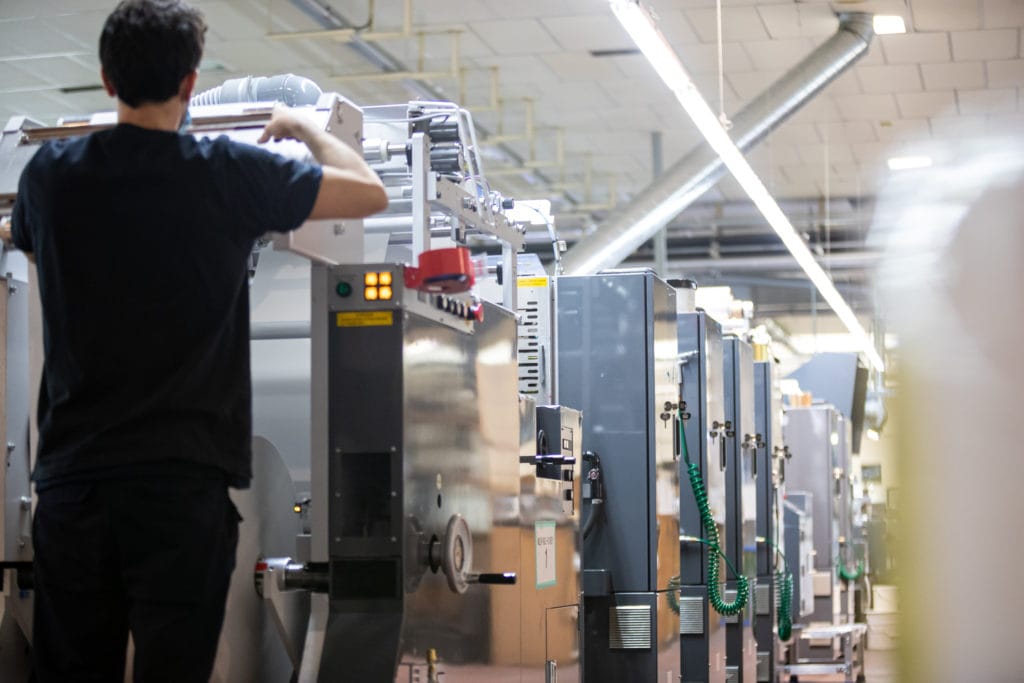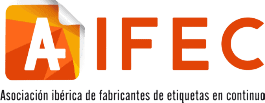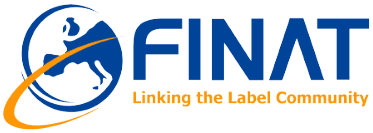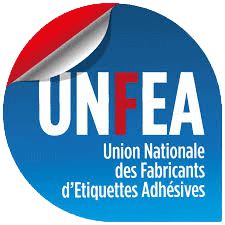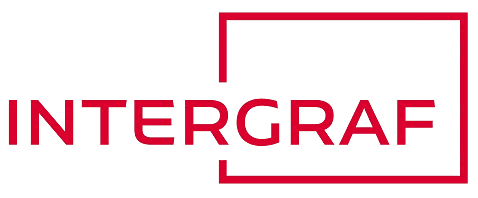In the times of Covid, Argraf steps up the pace of technological innovation.
It’s amazing that in these times, with a large part of the Spanish business world running at half steam and fearful of the social and economic setting the pandemic is leaving us, there are still business people with the financial muscle to invest millions in their businesses. This is the case of Argraf, one of the most important label manufacturers in the Spanish market. Remaining loyal to their policy, they continue to commit to investments in technology as a tool for growth and differentiation. Once again, this has led them to opt for Miyakoshi, on this occasion, a semi-rotary offset UV press.
The company, based in the town of Oyón in the Basque Country, is a reference for wine labelling. Their Managing Director, Alberto Torroba, welcomed us again to talk not only about this new addition to their fleet of machinery fleet but also to find out how the company is coping with the situation brought about by the pandemic.
First of all, we asked him whether due to the health crisis and this sudden and unexpected scenario, Grupo Argraf had been forced to make any changes in the projects it had lined up for the year. Because if there’s one thing that’s characterised this label manufacturer throughout their long history, it’s their commitment to innovation with the aim of always being at the leading edge of technology.
Torroba tells us, ‘Frankly, the year got off to a good start, with a big push and a very good first quarter; then what happened, simply happened. All the plans we had, kind of got cut short, with lots of uncertainty over the initial closing of businesses, whether we’d be able to work or not… Fortunately, the doubts cleared up quickly and the associations we’re members of got behind us, such as the AIFEC [Iberian Association of Continuous Label Manufacturers], who got in touch with the government quickly and explained our need to keep working because our product is essential for food and drink to be able to reach the supermarkets, which are the only things that stayed open.
Moreover, I have to say that these have been rough months, with ups and downs, where we’ve identified a change in consumer trends since during a good part of this period, it hasn’t been possible to eat and drink in bars and restaurants and, when it has, it’s been with restrictions on capacity and opening times. Also, there’s the fear factor that has set in to a good part of society. And all of this, combined with a terrible tourist season, has made consumption outside the home drop significantly, especially in the HORECA channel as well as in the wine market, which is the part that concerns us’.
Argraf’s customers, the wineries, whose main sales channel was the restaurant industry, will have suffered a lot, although some that were selling in large supermarkets have seen a positive effect from the rise in “at-home consumption”. Now, many small wineries have boosted their online sales channel, ‘and this way they’ve been able to salvage the year a bit,’ Torroba points out.
New markets
One of the new market niches to which Argraf is directing its commercial efforts is liqueurs and spirits. ‘We’ve always done something, every once in a while, but it’s clear that in terms of the label quality, the added value it has is similar to the added value for the wine sector, so it’s an interesting market that we’re familiar with, and can therefore offer all our potential to this industry sector”’ explains Torroba
It’s also true that there’s still a great deal in the spirits market that isn’t manufactured in self-adhesive, but rather in sheetfed printing. ‘We’ve had a sheetfed machine for around five years, with a large capacity that we’ve dedicated to the canning industry, but we’ve noticed that it’s an increasingly complex customer since you need a production structure that’s different from the one we have: our structure specialises in added value, and canning labels, at the end of the day, is something you need a very light structure for to avoid suffering allocating costs that aren’t valued in that market. So, our interest in entering the spirits sector is also partly to make the most of our core competencies” concluded Argraf’s managing director.
AIFEC quality seal
We’ve already mentioned the role of the AIFEC as a lobby during the economic closure in March. However, there’s another initiative from the Iberian Association of Continuous Label Manufacturers that has attracted a lot of attention and that we wanted to discuss with Alberto Torroba, as a prominent member of the association’s board: the launch of a quality seal that all associates can apply for. ‘We wanted to launch this quality label through an external certification body that’s helped us to establish parameters and measurements and the way we’re going to do this so that it’s not a simple ISO 9001, which everyone already has, but rather something special and more specific to our industry that will show the degree of quality we manufacturers have. We hope that many are inspired to get it,’ says Torroba, adding, ‘at the moment, the certification process still isn’t complete. As soon as we have the whole process defined with the certification body, it will be launched officially and we manufacturers will be able to apply for it.’
This year is finally over. The future
‘I hope that 2021 gradually improves, although we still have three months of slump ahead because if you compare them with the same three months of 2020, they’re going to be down significantly,’ anticipates Argraf’s managing director, who believes that ‘the second quarter is definitely going to be better than the one in 2020. I want to believe that the tourist season, although it still won’t be back to completely normal, will be quite a bit better than the one this year. I don’t think we’ll recover absolutely everything in 2021, because first the vaccinations need to be rolled out and people need to regain their confidence and go back to their normal day to day lives; and we also need to see what situation the restaurant and hospitality industry… ends up in……
But all things pass in the end,’ he concludes optimistically. ‘We’ll get through this as a society and individually; and when we are back to normal, Argraf has to be ready to keep running smoothly. We’re lucky that we’re an established, innovative but also prudent company, and we have enough financial cushion to be able to deal with any contingency’.
The future will be technological and sustainable, and although some difficult months still lie ahead to overcome the current situation, Grupo Argraf is confident that their commitment to people, innovation and the highest quality in all their processes will help them to keep growing while maintaining their production excellence.
2020 investments: Miyakoshi MLP-16C
Going back to Argraf’s projects, ‘We’ve stuck to the plan we initially defined. First of all, before the state of emergency was declared in March, we installed mesh suction equipment, which helped us to improve the flow of material, logistics while keeping the interior of the plant clean. Also, we’ve added a second Miyakoshi press, the same model as the previous one, but with lots of new features added. We’ve considered that these are investments that had to be made now to avoid having to make them later in a rush’. In total, during this year, Grupo Argraf has invested 1.5 million euros in machinery, proving that technological development is one of their priorities to be able to keep offering their customers the most sophisticated labels in the market and to keep setting themselves apart.
Grupo Argraf’s commitment to innovation, as well as their solid policy to invest in improvements in technology and production, have led them to opt again for Miyakoshi’s semi-rotary offset UV technology. Namely, the group purchased an iconic MLP press, designed specifically to handle the special market characteristics (shorter print runs, high quality requirements, etc.), bringing together high offset technology, productivity and performance in a solid and robust construction.
The press in question is the Miyakoshi MLP-16C, ‘which has been added to the first one we installed, almost five years ago now,’ explains Torroba, ‘a machine that’s proven to be totally reliable and that we haven’t had stopped for even one day due to breakdowns or faults. A guarantee of reliability. This, together with the fact that we already knew how it worked as we had people trained on the first Miyakoshi, made it easier for us to start up the second one immediately, sufficient guarantees to trust this manufacturer again’.
The new Miyakoshi MLP-16C semi-rotary offset UV press installed at Argraf is configured with a flexible configuration of units including,4 offset + hot-foil + 2 offset + screen + flexo + laminate + die-cut.
It’s fully automated (electronic ink keys, automatic drum cleaning system, cold start function, cooled oscillating rollers, automatic register system, corona treatment, diagonal adjustment, offset printing, stamping, flexo and die-cut units, etc.), ‘making this machine a perfect solution for short/medium and long print runs for the wine, food and other markets… Thanks to the MLP’s great offset printing quality, Argraf can access the high-quality wine label market with great added value,’ explains David López.
The Miyakoshi MLP-16C semi-rotary offset UV press has a paper width of 420 mm and a maximum repeat length of 406.4 mm, ‘its maximum production speed is 101 m/min, making it the most productive semi-rotary offset UV machine in the label market,’ affirms David López, the Area Sales Manager of Miyakoshi Europe, a firm represented in the Spanish market by OMC. ‘Moreover, it can print continuously at maximum speed regardless of the repeat length selected’.
Furthermore, inline finishing systems that the previous press didn’t have, have been added to this one. According to Torroba, ‘we’ve added stamping and a screen printing unit that Miyakoshi has developed specifically for us, as although they already it for what they call Miyakoshi’s most economic series, we needed the more powerful model, with an increased printing width and speed, as well as the ability to do specific inline finishing that’s so much in demand in our industry’.
Semi-rotary offset technology for high added-value labels has recently been growing in terms of the number of installations. ‘Much of the industry’s investment, mainly for the wine sector, is heading in this direction,’ explains Torroba. ‘Argraf has always worked in wine labels and until five years ago, we didn’t have offset; we’d always worked perfectly well with just in flexo. We believe offset might give us extra quality in pattern design, image design… We also notice that flexo doesn’t give as good coverage on certain materials. It’s clear that it’s a market trend that’s picking up speed, but we keep doing a lot in flexo continuing to work perfectly well’.
Grupo Argraf’s more than 40 years’ experience in the industry gives the company fundamental and valuable know-how about the wine labelling process and the machines needed to offer a perfect final result. Their large historical label database allows them to analyse the evolution of the designs within the same brand or product segment, examining new creative approaches in keeping with the latest fashion trends and technological advances.
Their industry specialises in providing added value. Argraf works closely with the designers and producers, discussing the labels from a technical and stylistic perspective, analysing the viability of each product and suggesting different materials and finishes that will enhance the design and meet the product usage needs and final purpose of the bottle, guaranteeing guidance throughout the process. A premium service valued by the end customer. Work that strives for excellence and the perfect balance between the advantages of technological development and the magic and essence of craftsmanship.
